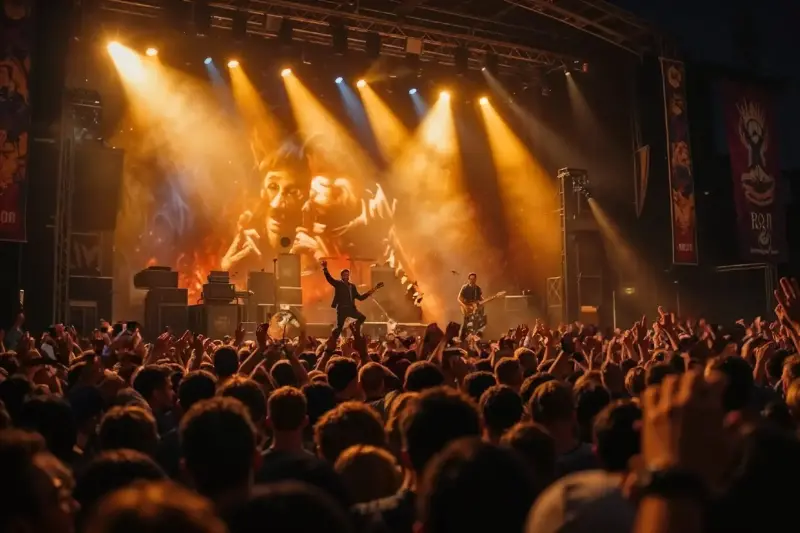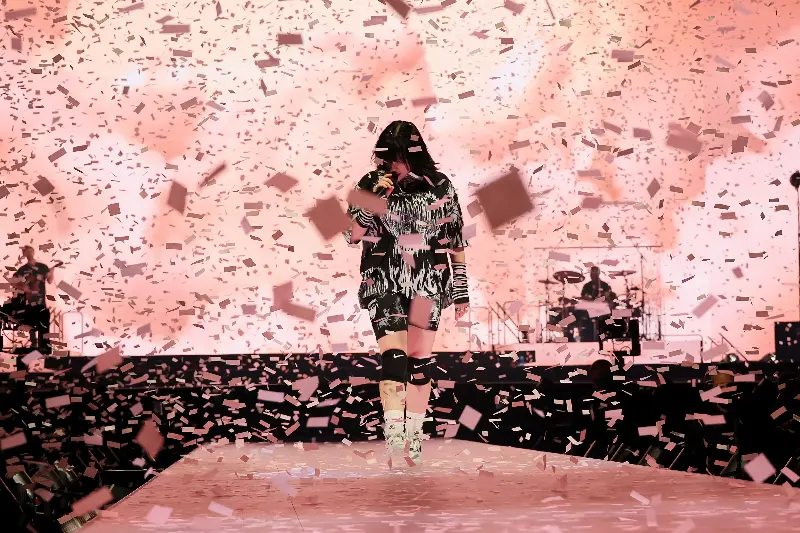There’s something almost magical about a live music experience. It doesn’t matter if it’s a grand stadium filled with roaring fans, a cosy pub in your hometown, or an open field under the stars—when music is performed live, it somehow feels electrified, larger than life, and utterly unforgettable. Across generations, live music events have transcended age, background, and taste, creating memories and sparking connections that linger for a lifetime.

The Science and Emotion Behind Live Music
It isn’t simply nostalgia that draws people to concerts and music festivals. Scientists have uncovered that live music can genuinely trigger a rush of endorphins, those feel-good hormones that reduce stress and generate happiness. Researchers at Goldsmiths, University of London, found that attending a live music event can increase feelings of well-being by up to 21%. That’s not a trivial amount—it rivals the feeling of doing yoga or even a hearty workout.
But the effect goes beyond mere biology. The raw emotion of a favourite song performed right in front of you, combined with the energy of a crowd moving as one, creates a collective euphoria. Each thunderous cheer, each shared lyric, and every beat felt in your chest embeds itself deep, turning fleeting minutes into life stories you’ll retell for years.
Live Music as a Meeting Ground for Generations
Music knows no age. Take a look around any major music event, and you’ll find teenagers standing shoulder to shoulder with parents, and sometimes even grandparents, all united by a passion for sound. Glastonbury Festival, for example, boasts attendees from every decade of life. In many families, attending concerts together has become a rite of passage—think parents taking their kids to see legendary acts, or grown-up children inviting their folks to check out new favourites.
This generational mingling isn’t just social; it also passes down cultural legacies. Grandparents may recount how they watched The Beatles’ first tour, while their grandchildren might share stories of seeing Billie Eilish. These shared musical moments foster respect, curiosity, and connection between age groups that doesn’t always come so easily elsewhere.

Why Live is Different from Digital
With streaming so easily available, you’d think live shows would lose their appeal. Still, nothing, not even the highest quality headphones, can recreate the sensory overload of being part of a live gig. There’s an irreplaceable thrill when the lights go down, anticipation surges, and the first note breaks the hush—a feeling you just can’t stream.
It’s also about being present. When at a live performance, you’re not scrolling or multitasking. You’re tuned into the rhythm, sharing space and energy with an artist and crowd, each feeding off the other. The imperfections—missed notes, unexpected solos, banter with the audience—make each performance one-of-a-kind.
Live music offers rare moments when “here and now” isn’t just a saying. According to musician Dave Grohl, “No one is going to remember the night they stayed in and watched their favourite band on YouTube. But everyone will remember the time they sang together at the top of their lungs at a live show.”
Memories That Last a Lifetime
Ask anyone who’s ever been to a live concert, and you’ll likely see their eyes light up as they recount every detail—the outfit they wore, who they went with, the songs that gave them chills. These are not ordinary memories. Music’s strong link to memory means just a few bars of a favourite song can take someone straight back to those exciting moments. For couples, first concerts can become anniversary tales; for friends, an anthem from a show can become their forever inside joke.
Even years later, ticket stubs tucked into a drawer or a faded festival wristband can stir up the magic all over again. Studies have shown that the act of reminiscing about live music experiences brings back happiness, strengthens social bonds, and can even counteract feelings of loneliness or isolation.

Music as a Catalyst for Community and Social Change
Live gigs also do more than entertain—they unites and inspire. Look at Live Aid in 1985, watched by a global audience and attended by thousands in person, which raised millions for famine relief and proved music’s power to mobilise communities. More recently, benefit concerts for various causes have brought diverse crowds under a common goal, transforming concerts into moments of solidarity and hope.
This sense of community isn’t limited to massive events, either. Small local gigs often provide vital meeting places, bringing together fans, fostering talent, and sparking friendships—sometimes even romances—that might never have formed otherwise. For musicians, it’s where careers are shaped; for audiences, it’s where they find their tribe.
The Timeless Appeal Across Every Generation
The heartwarming reality is that enthusiasm for live music cuts across all ages. Older listeners continuously attend concerts featuring acts from their youth—Elton John, The Rolling Stones, or Bruce Springsteen’s tours still sell out arenas—while younger fans flock to see chart-topping artists or discover new sounds at festivals.
Surveys show that attending live music events is linked with higher life satisfaction, regardless of age. The UK’s O2 Arena reports that over half of concert-goers are aged 40 and up, debunking the myth that only the young crave the concert buzz. This proves that the spark live music ignites never has to fade; it only changes and deepens as life goes on.
Every generation finds its soundtrack and its stage. Whether your first concert was decades ago or is yet to come, the joy, bonds, and memories sparked by sharing music together remain universal—reminding us all that the best moments are the ones we experience, feel, and sing along to, together.
